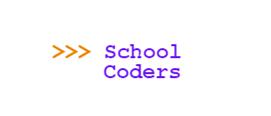- View more resources from this publisher
 School Coders
School Coders
Digital Images
Suitable for students of computing and digital media in secondary school, this in-depth reference resource covers many aspects of image data storage and compression.
A brief introduction includes how images are perceived by the human eye and how they are captured and stored by digital devices. Also:
• Colour depth is explained in terms of the bits required to store colour images, and the effect on image quality is discussed.
• The use of hexadecimal codes for RGB colour values is also included, as are monochrome and binary images.
• Transparency and alpha planes are explained.
• Techniques for reducing image file size are covered in detail, such as the use of colour palettes. Various compression methods such as run-length data compression and the algorithms associated with PNG and JPEG files are illustrated.
• The difference between lossy and lossless compression is highlighted.
• The common image formats are then compared, including GIF, JPEG, PNG, TIFF and BMP.
Show health and safety information
Please be aware that resources have been published on the website in the form that they were originally supplied. This means that procedures reflect general practice and standards applicable at the time resources were produced and cannot be assumed to be acceptable today. Website users are fully responsible for ensuring that any activity, including practical work, which they carry out is in accordance with current regulations related to health and safety and that an appropriate risk assessment has been carried out.
Downloads
-
Digital Images (Information sheet) 631.14 KB




